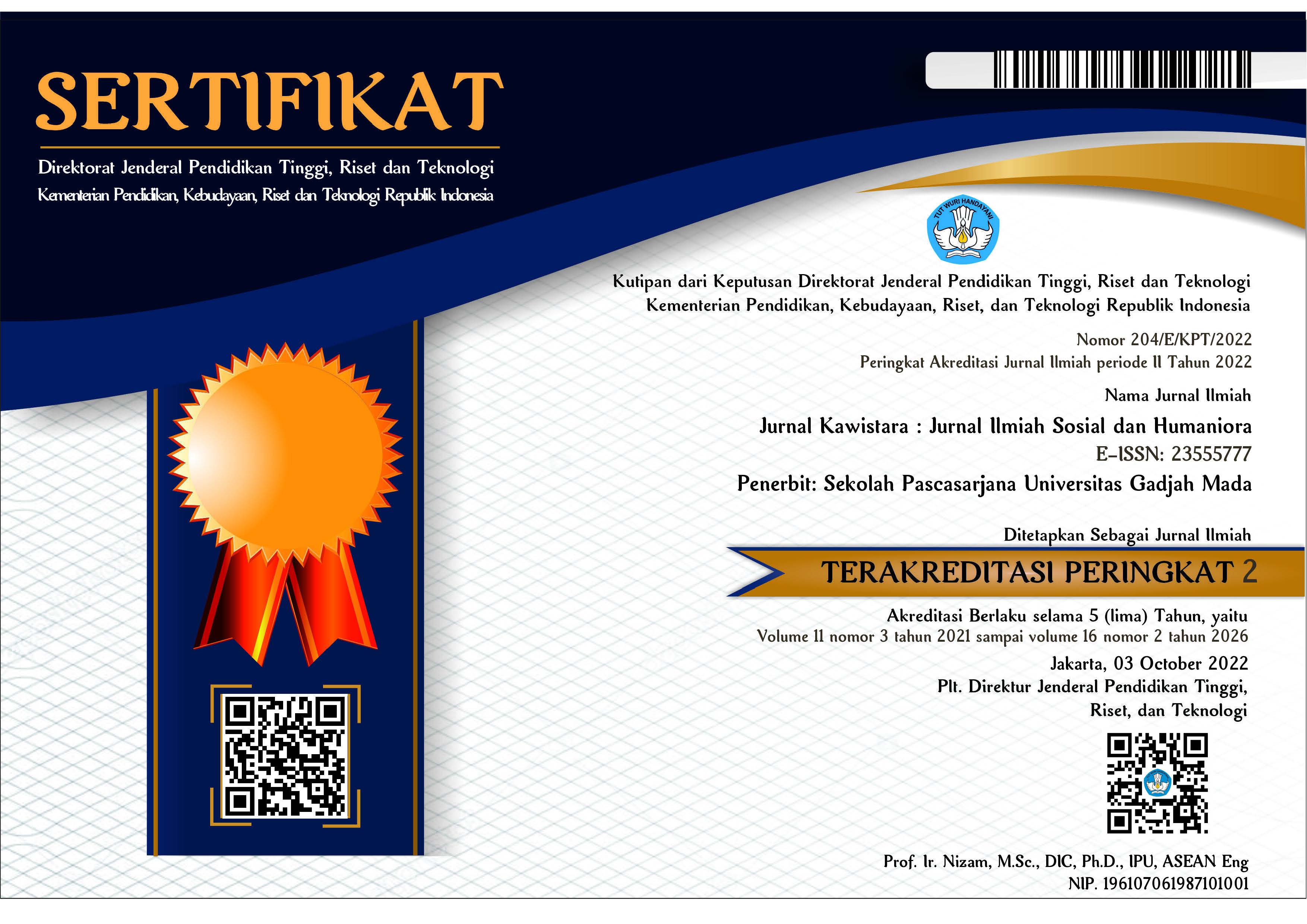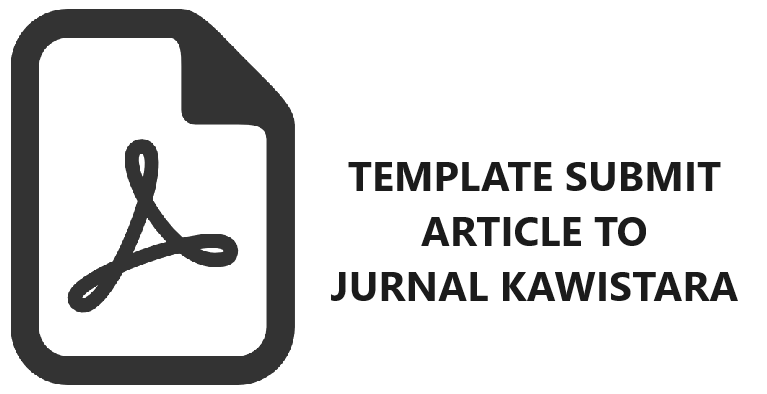ANALISIS DAN ARAHAN PENGEMBANGAN RUANG TERBUKA HIJAU DALAM MENDUKUNG GREEN CITY KOTA UNGARAN KABUPATEN SEMARANG
Antonius Dwi Yunianto, Santun R. P. Sitorus, dan Khursatul Munibah(1*)
(1) Program Studi Ilmu Perencanaan Wilayah Sekolah Pascasarjana Institut Pertanian Bogor
(*) Corresponding Author
Abstract
The provision of Green Open Space (GOS) constitutes an important need for city and as a mandate of
the Law on Spatial Planning. Ungaran city currently has the width of public GOS under 20%. It makes
Ungaran city has not yet qualified to become a Green City. The objectives of this study are to identify and
analyze the width and distribution of GOS existing condition; to analyze the needs of Ungaran’s GOS
in order to meet the specified conditions of prevailing law; to arrange the plan of GOS based on Green
Planning concept; and to arrange the design of GOS based on Green Design concept. The analysis will
be conducted by using Patch Analysis method. The analysis of GOS is based on the inhabitant’s need
and the wide area, and the Analytic Hierarchy Process (AHP). The GOS mapping result of Ungaran
city is 2.190,66 ha which consists of private GOS (2.112,74 ha) and public GOS (77,92 ha). Based on
the total projection of population in 2032, the public GOS need is 292,41 ha. Whereas the needs of
public GOS based on the 20% from wide area (612,17 ha). The direction of public GOS development
based on green planning is divided into three alternatives, first, based on the balance distribution of
GOS within the area, and land use priority; second, based on the balance distribution of GOS, land use
priority, distance to the residence, minimum width of 250m2, and the complexity of landform; third,
based on the consideration of the spatial patterns and regional asset authority. The direction of public
GOS development is based on green design approach to divide the design based on necessity activity
and function patterns of public GOS.
Keywords
Full Text:
PDFReferences
] BPS Kabupaten Semarang. 2013. Kabupaten Semarang Dalam Angka tahun 2012.Ungaran
] Chiesura A. 2004. The Role of Urban Parks for The Sustainable City. Landscape and Urban Planning, 68: 129-138.
] Hartati S. dan A. Nugroho. 2012. Sistem Pendukung Keputusan Berbasis AHP (Analytical Hierarchy Process) untuk Penentuan Kesesuian Penggunaan Lahan (Studi Kasus: Kabupaten Semarang). Jurnal Informatika 6: 630-641
] Kementerian Pekerjaan Umum. 2008.Pedoman Penyediaan dan Pemanfaatan RTH di Kawasan Perkotaan. Peraturan Menteri Pekerjaan Umum No 5/PRT/M/2008 Tahun 2008. Jakarta
] Ozdemir M.S. and T.L. Saaty. 2006. The Unknown in Decision Making What To Do About It. European Journal of Operational Research, 174: 349–359.
] Pemerintah Republik Indonesia. 2010. Tata Cara Perubahan Peruntukan dan Fungsi Kawasan Hutan. Peraturan Pemerintah No 10 Tahun 2010. Jakarta.
] Senanayake I.P., W.D.D.P. Welivitiya and P.M. Nadeeka. 2013. Urban Green Sspaces Analysis for Development Planning in Colombo, Sri Lanka,Utilizing THEOS Satellite Imagery-A Remote Sensing and GIS Approach.
] Suwarli, S.R.P. Sitorus, Widiatmaka, E.I.K. Putri dan Kholil. 2010. Dinamika Perubahan Penggunaan Lahan dan Strategi RTH Berdasarkan Alokasi Anggaran Lingkungan Daerah (studi kasus Kota Bekasi). Forum pascasarjana,35(1): 37-52.
] Yuhong T., C.Y. Jim and W. Haiqing. 2014.Assessing the Landscape and Ecological Quality of Urban Green Spaces in a Compact City. Landscape and Urban Planning, 121: 97–108.
] Zhiyuan Y., Z. Xinqi, L. Lina and X. Chunlu. 2014. From Design to Digital Model:A Quantitative Analysis Approach to Garden Cities Theory. Ecological Modelling, 289: 26–35.
Article Metrics
Refbacks
- There are currently no refbacks.
Copyright (c) 2016 Antonius Dwi Yunianto, Santun R. P. Sitorus, dan Khursatul Munibah

This work is licensed under a Creative Commons Attribution-ShareAlike 4.0 International License.
Jurnal Kawistara is published by the Graduate School, Universitas Gadjah Mada.











